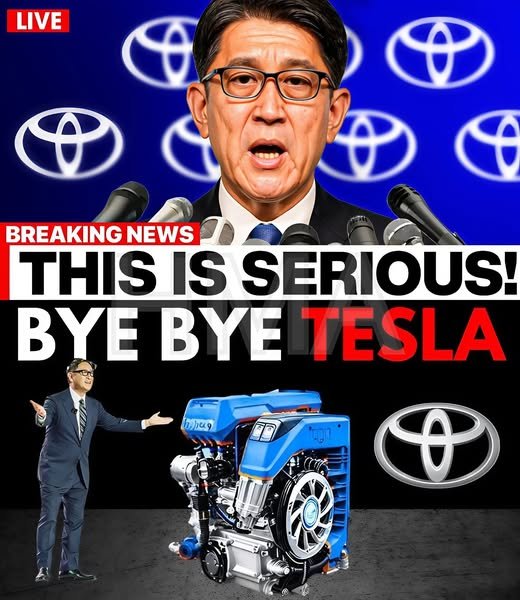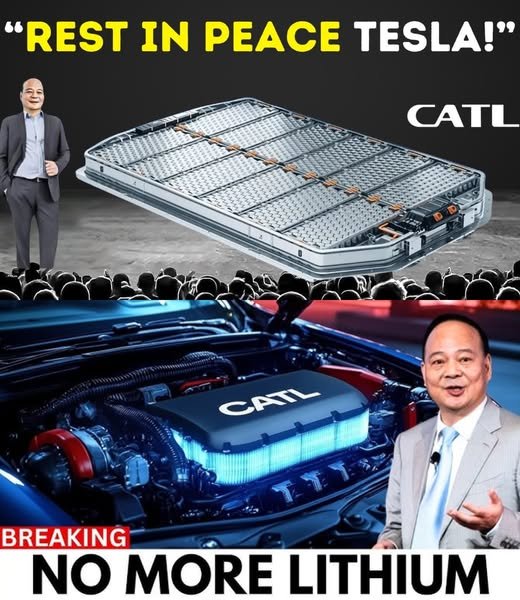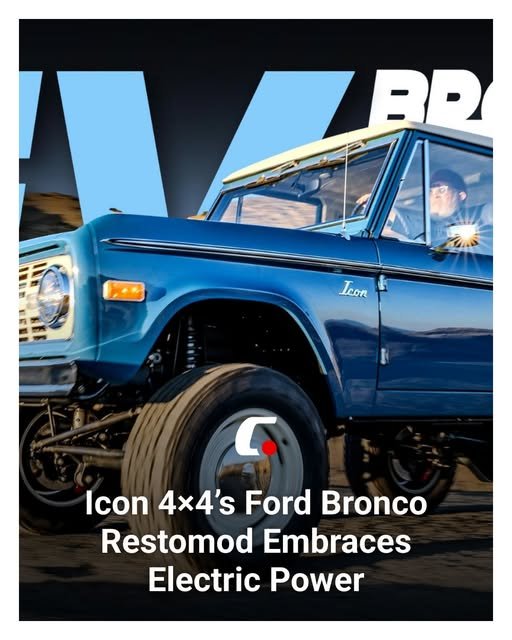When the global spotlight turned toward
electric vehicles, Tesla emerged not just as a disruptor but as a symbol of the future. With Elon Musk leading the charge, it seemed the age of combustion engines was over. Tesla’s sleek design, over-the-air updates, and cutting-edge battery tech weren’t just innovative—they were revolutionary. Silicon Valley roared, Wall Street rallied, and the world plugged in.
But in a quiet corner of Japan, Toyota—the same company that gave us the Prius long before “sustainability” became a buzzword—wasn’t convinced the battery-only path was the ultimate answer. And in 2024, it made that skepticism tangible. In a partnership with Subaru and Mazda, Toyota unveiled a new generation of internal combustion engines (ICEs). Smaller. Smarter. Cleaner.
While most of the auto industry was tearing down its legacy tech in favor of batteries, Toyota dared to ask: What if the engine didn’t need to be abandoned? What if it could evolve?
The Birth of a Contrarian Vision
To understand this rebellion, we must journey back a century—to a textile workshop in Japan. In 1924, Sakichi Toyoda invented the Type G automatic loom, a machine so advanced it could detect broken threads and stop itself. This wasn’t just automation—it was “jidoka,” or automation with a human touch.
The sale of that loom’s patent to a British company for £100,000 helped fund Sakichi’s next vision: automobiles. His son, Kiichiro Toyoda, wasn’t just passionate about cars—he was obsessed with efficiency. Frustrated with American factories, he introduced the Just-in-Time manufacturing principle, eliminating waste and ensuring supply met demand. This ethos became the Toyota Production System (TPS), a framework that would revolutionize manufacturing globally.
And that same DNA—of precision, balance, and foresight—now fuels Toyota’s bold divergence from the EV orthodoxy.
The Engine That Refused to Die
While Tesla stormed ahead with Model S, 3, X, and Y—capturing headlines and investor dollars—Toyota was quietly refining the most misunderstood hero of mobility: the internal combustion engine.
Toyota’s legacy of engine innovation is unmatched. From the legendary 2JZ in the Supra—a tuner’s dream that could handle outrageous horsepower—to the revolutionary VVT-i and Valvematic systems, Toyota consistently redefined what engines could do. But this wasn’t about speed alone. It was about survivability. Lean-burn engines in the 1980s, the hybrid Prius in 1997—Toyota was always two steps ahead of crisis.
And in 2024, it pushed further. With new ICE designs compatible with carbon-neutral fuels, synthetic biofuels, and even hydrogen combustion, Toyota isn’t clinging to the past. It’s building a new future atop proven foundations.
The Battery Paradox
Behind every gleaming EV lies a darker truth. The lithium-ion battery—the heart of electric mobility—is also its Achilles’ heel. Mining lithium in Chile’s Atacama Desert drains water sources vital to local ecosystems. Cobalt extraction in the Democratic Republic of Congo is tainted by child labor and environmental destruction. Manufacturing a single EV battery can emit up to 4 tons of CO₂.
And once the battery dies? Only 5% of lithium-ion batteries are recycled globally. Most head to landfills, leaking toxins into soil and water.
Meanwhile, aging power grids in many parts of the world aren’t equipped for mass EV charging. And if that power still comes from coal or natural gas, emissions don’t vanish—they relocate from tailpipe to smokestack.
This is the EV conundrum Tesla and others rarely discuss. Toyota, however, built its entire strategy around it.
A Philosophy of Flexibility
Toyota isn’t anti-electric. It’s anti-monoculture. The company continues to refine hybrids, now more efficient than ever, and is pushing boundaries in hydrogen fuel cell technology. Unlike battery EVs, hydrogen cars refuel in minutes, emit only water vapor, and can operate in extreme climates.
Toyota believes that the future isn’t binary. It’s hybrid—technologically, geographically, and energetically.
In Japan, hydrogen infrastructure is expanding. In rural India, hybrids offer a lifeline where EV charging is unreliable. In urban Europe, plug-in hybrids balance sustainability with practicality. One-size-fits-all? Not here.
Reimagining the Race
While Tesla electrifies the racetrack, Toyota is redrawing the map. Its new engines aren’t just retrofits—they’re marvels of engineering designed to work with hybrids, e-fuels, and emerging technologies. These powertrains don’t deny the climate crisis; they confront it with a different set of tools.
Musk may dominate headlines, but Toyota plays the long game. Its vision isn’t as sexy, perhaps—but it may be more scalable, more equitable, and more sustainable.
Because the real question isn’t how fast we go electric—it’s how smartly we transition.
The Final Turn
In the end, Toyota’s bet on combustion isn’t about nostalgia. It’s about optionality. It’s a reminder that innovation isn’t always about abandoning the old. Sometimes, it’s about reimagining it so thoroughly that it becomes something entirely new.
The world needs cleaner transport. But it also needs solutions that work everywhere, for everyone.
Tesla gave us the dream.
Toyota might just make it work.



